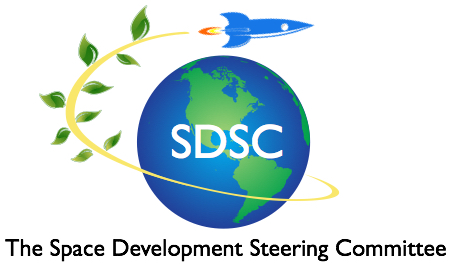There’s a massive value to the Moon that even that heavenly body’s most passionate fans in the space community are missing, says veteran space engineer and author of the book Moonrush Dennis Wingo.
Jeff Bezos has called over and over again for us humans to move heavy industry into space and to focus on gardening the planet. Wingo says the moon is rip-roaring with advantages for this move of industry off the earth.
Wingo points to “the value of products that require a vacuum for their proper processing.” A vacuum is expensive to achieve on earth. Especially a vacuum big enough to use for mass production. But on the moon, there’s a vacuum orders of magnitude better than the best vacuums on Earth. The monetary value of that lunar vacuum for materials processing, says Wingo, “is in the hundreds of billions of dollars per year.”
Wingo points to the example of “sapphire substrates for semiconductors.” The semiconductor industry is aching to use more sapphire substrates, says Wingo. But sapphire substrates require vacuum processing for high volume mass production. And on earth, that vacuum processing is expensive. But, says Wingo, on the Moon that vacuum is everywhere. What’s more, the lunar highlands are rich in the molecular assemblage from which sapphire substrates can be made. Not just sapphire but sapphire related metal oxides of aluminum such as rubies. Use both silicon and sapphire for semiconductors and you get higher radiation tolerance and the ability to operate at higher frequencies than mere silicon on its own. Other semiconductor substrates such as Gallium-Nitride (GaN)-on-Silicon are also in demand, and with the unlimited vacuum on the Moon, industrial quantities of these materials will ultimately provide lower cost, higher performance power semiconductors for electric motors and high power radio transmitters.
Points out Wingo,
“The semiconductor industry also is reaching limits in its ability to carry heat from a substrate. The Russians tried to repurpose vacuum diffusion systems normally used to separate U235 from U238 for nuclear weapons production to the production of silicon 28, which has 400% the thermal conductivity of isotropic silicon. On the Moon, this vacuum diffusion process would allow us to mass produce silicon 28.”
“How about very large sapphire products?” Wingo asks. He explains that, “Today armored personnel vehicles use a thin sapphire window glass, sandwiched with other glass to protect soldiers. Sapphire window glass is much harder than glass and can deflect or contain large caliber bullets. On the Moon, making those glasses to whatever thickness you want is far easier due to the high vacuum. Sapphire windows for spaceships and airliners—picture windows–could be much bigger than the tiny passenger plane windows we have today.”
Then there’s maraging steel, a form of steel that’s super strong and super tough but takes a vacuum to produce. There’s electron beam welding. There’s vibration-free manufacturing. And there are sputtering techniques to manufacture semi-conductors. All benefit from the harsh environment of the Moon. Not to mention the use of the Moon’s regolith for its iron and as a raw material for glass and ceramics. And the use of the metal oxides we found in the moon rocks brought back by the Apollo missions.
But, explains Wingo, “The thousand-million-millionth of an Earth-atmosphere vacuum is the greatest single resource on the Moon. It makes an entire swath of industry far more efficient than the processes we use on Earth today. This is just the beginning of the moon’s value. Materials processing and materials research is the coin of the realm for the Moon.”
Concludes Wingo, “Imagine enough computing power on a phone for personal assistants that mind-meld with you. Amazing progress has been made in this area, but there is only so much you can do with regular silicon. Add silicon 28 and sapphire substrates and you can shoot for the moon.”
